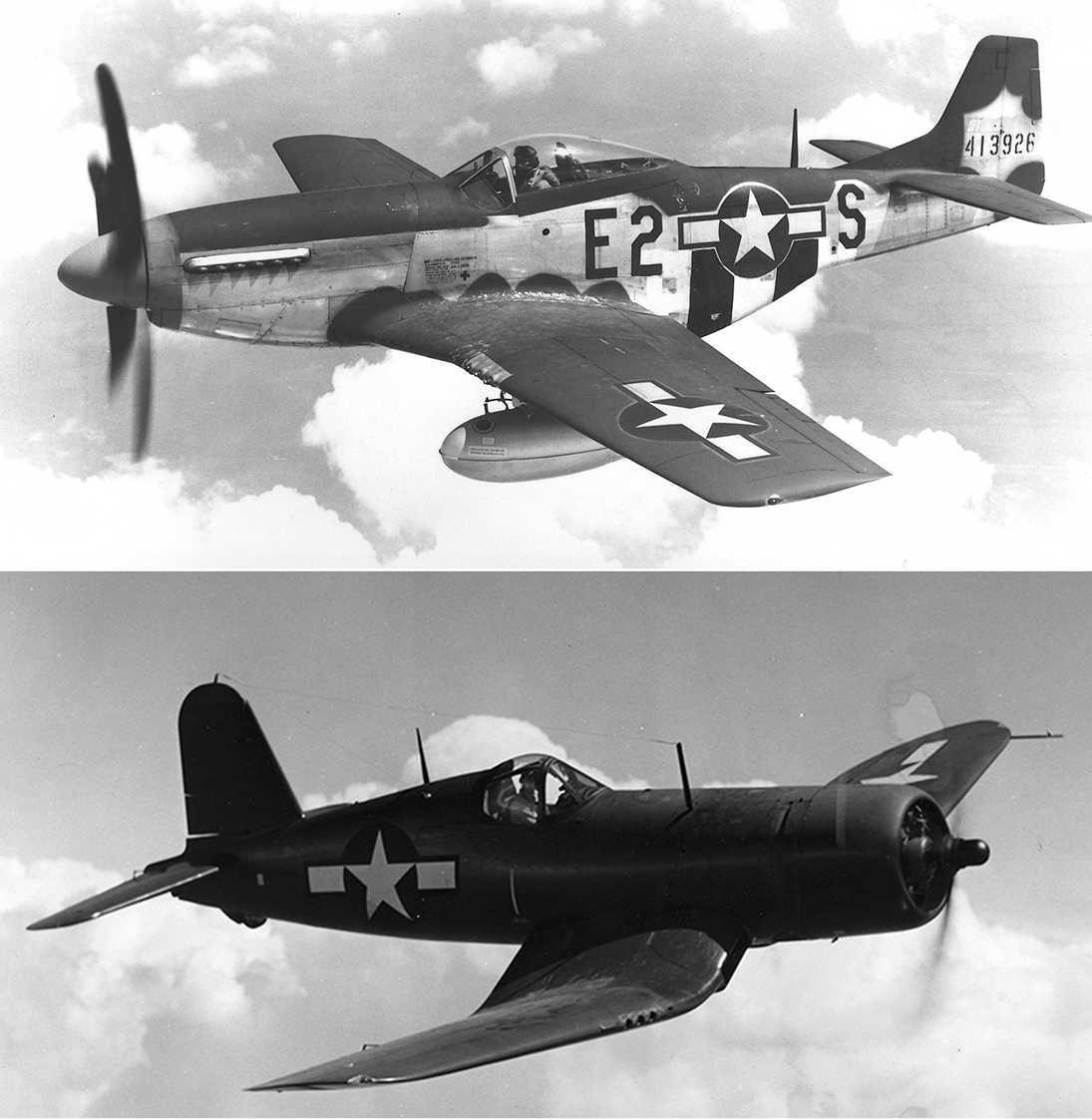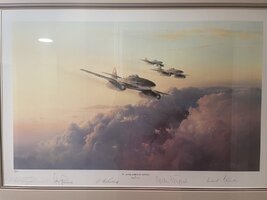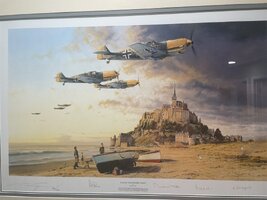- Aug 17, 2018
- 10,405
- 9,826
Today's a special Double Tuesday Favorites, but came up this Sunday when watching Masters of the Air with my girlfriend and her family (the mom's boyfriend is retired Air Force) and he said that the Mustang was the best fighter of the war.
Much as I love the P51 (and to be clear, it's a top 5 all-time favorite for me), I had previously looked into it and have to concede that it was second to the winner: the Spitfire. The late-model Griffon-engined variants were faster and more maneuverable and, outside of range/altitude, had the Mustang beat in pretty much every department.
Don't want to take my word? Listen to the pilots (from all sides): the American aviators who flew both conceded the Spitfire was better, the Germans thought it was better (and generally avoided entanglements with the Spitfire when they could), and in head to head mock dogfights with Mustangs, the Spitfire came out on top every time. Israeli pilots after the war flew the Mustang, Spitfire, and (ironically) Focke Wulfs...they said all things being equal, they'd rather fly the Spitfire into battle.
Granted, the two planes were designed for very different purposes: the Spitfire as a pure interceptor and the Mustang as a long-range air superiority fighter.
Much as I love the P51 (and to be clear, it's a top 5 all-time favorite for me), I had previously looked into it and have to concede that it was second to the winner: the Spitfire. The late-model Griffon-engined variants were faster and more maneuverable and, outside of range/altitude, had the Mustang beat in pretty much every department.
Don't want to take my word? Listen to the pilots (from all sides): the American aviators who flew both conceded the Spitfire was better, the Germans thought it was better (and generally avoided entanglements with the Spitfire when they could), and in head to head mock dogfights with Mustangs, the Spitfire came out on top every time. Israeli pilots after the war flew the Mustang, Spitfire, and (ironically) Focke Wulfs...they said all things being equal, they'd rather fly the Spitfire into battle.
Granted, the two planes were designed for very different purposes: the Spitfire as a pure interceptor and the Mustang as a long-range air superiority fighter.
Last edited:







